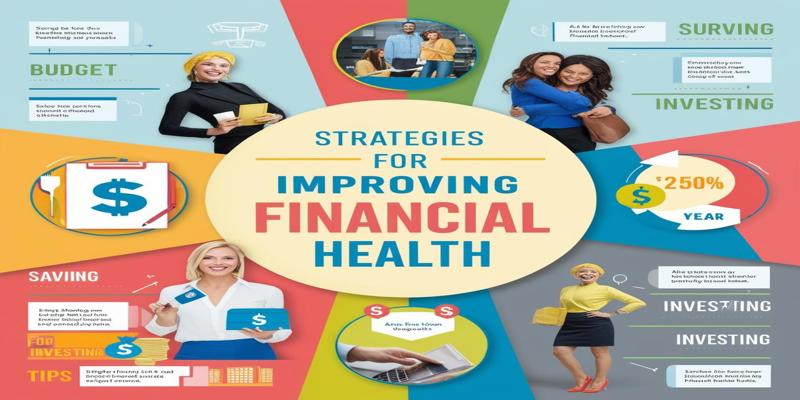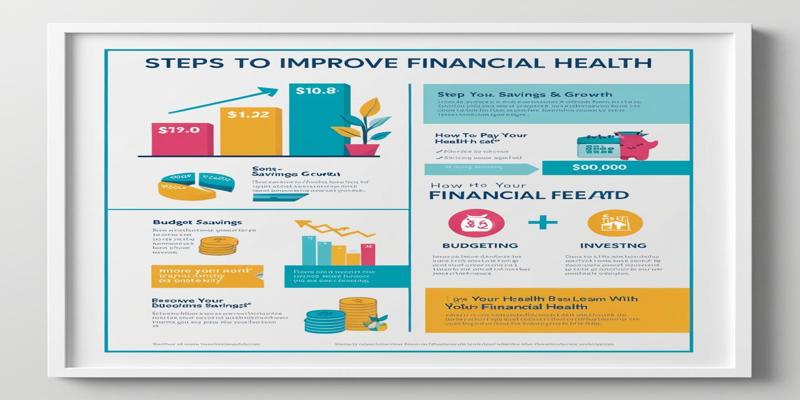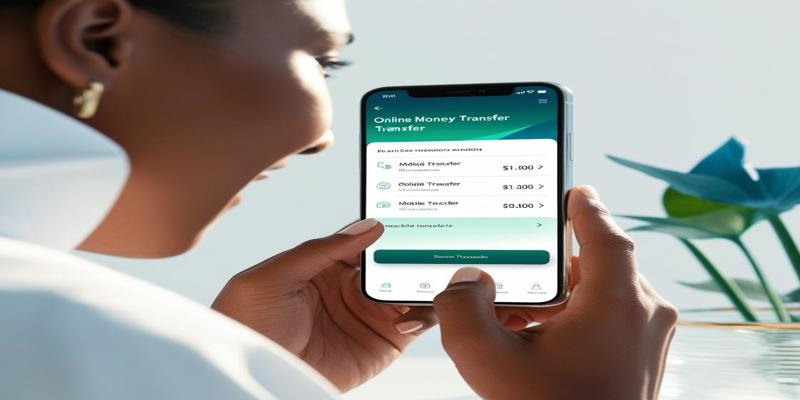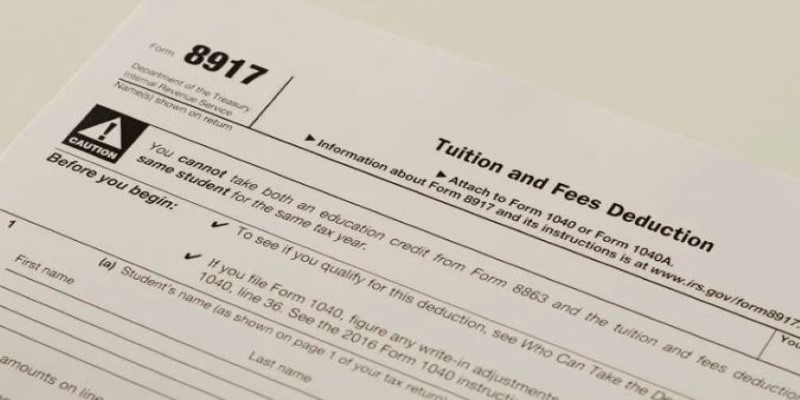5 Key Rules to Improving Your Financial Situation
Dec 06, 2024 By Aldrich Acheson
Are you ready to take charge of your financial future? In today's complicated economic scenario, good financial health is more essential than ever. Whether early in his career or near retirement, adopting sound financial practices can significantly enhance an individual's well-being.
Know Where Your Money Goes

Knowing your spending habits is vital to better financial health. Track all your expenses, no matter how minute. This will help you see your excessive spending habits and pinpoint your finances exactly.
Create a Detailed Budget
Establish a thorough budget, categorizing your expenses. Your fixed expenses may include rent and utilities, while groceries and entertainment are variables. Remember to account for the infrequent costs, like car maintenance or holiday gifts.
Utilize Technology
Employ budgeting apps or digital tools that make tracking expenses more manageable. Most banks have built-in categorized features within their mobile application, so it's easier to analyze one's spending habits. Such digital solutions can also give you up-to-the-minute insights into your financial behavior.
Analyze and Adjust
Track your spending regularly against your budget. Look to see what is trending, where the patterns are for continuing overspending, and where the leakage is. Identify areas where you could cut back and use that money for savings or debt repayment.
Build an Emergency Fund
First and foremost, a financial safety net is vital in these turbulent times. An emergency fund will serve as your lifeline if something unfortunate happens, letting you avoid debt and ensuring general financial stability. Now, let's look at how to create and maintain such an essential part of your financial health.
Why You Need an Emergency Fund
An emergency fund is a cash cushion against life's unpredictable and often expensive surprises. Whether you lose a job, get sick, or need extensive house repair, having liquid funds can keep you from reaching for high-interest credit cards or loans. That cushion of money gives you peace of mind and helps you navigate financial shocks without having to destroy your long-term plans.
How Much to Save
Financial advisors usually recommend 3-6 months of living expenses. This amount can be more or less, depending on your specific situation. When setting your target, consider job security, health, and dependents. Starting with less is okay, but the goal is to build your savings up over time.
Building Your Fund
Set a realistic amount you want to save each month. Set up your savings to be automatic -- have a fixed amount transferred directly from your checking account into an emergency savings account. Research and open high-yield savings accounts for your money to grow even quicker. And you can do it painlessly in tiny, consistent steps.
When to Use Your Emergency Fund
Save your emergency fund for true emergenciesurgent and necessary events. Try not to pay non essential expenses or predictable ones, either. If you must use your emergency fund, focus on replenishing the account as soon as possible so that you're ready for whatever future emergencies come your way.
Pay Down High-Interest Debt

First, focus on high-interest debt in your journey to financial health. Such debt, such as credit card or personal loan debt, can spiral out of control and gnaw away at your financial stability if left unchecked.
Identify Your High-Interest Debts
List all your debts, starting with the ones that charge you the highest interest rates. These are commonly credit card balances, which can be as high as 20% per year. Personal loans and payday loans may also fall into this category.
Implement the Debt Avalanche Method
One of the more powerful strategies for paying off high-interest debt is using a system known as the debt avalanche. Here's how it works:
- Pay the minimum amount required on each debt.
- Put any extra money toward the debt with the highest interest rate.
- When one credit card has been paid off, move on to the next highest.
Consider Balance Transfer Options
If you have good credit, you may qualify for a balance transfer credit card that offers 0% interest. oductory APR. This gives you a break from high interest charges for a specific period, during which you can work on paying down the principal balance.
Automate Your Savings
Savings automation can be a real game-changer when it comes to keeping your finances fit and healthy in today's fast-paced world. Fundamentally, it's all about paying yourself by setting up automatic transfers so that an assured amount of money should directly go into your savings before you can use it.
Set It and Forget It
Link a high-yield savings account to your checking account and set up an automatic transfer on the days or dates immediately following your pay dates. This "set it and forget it" method helps you avoid temptation and save steadily over time.
Leverage Technology
Utilize modern banking applications and tools that round off your purchases to the nearest dollar. These products automatically transfer the difference in any purchase to your savings account. You don't notice these small savings, but they increase.
Diversify Your Automated Savings
Go beyond just one savings goal. Multiple automated transfers can be set up for several financial objectives you may have. These include:
- Emergency fund
- Retirement accounts (401(k) or IRA)
- Short-term goals (vacations, new gadgets)
- Long-term goals (down payment on a house)
Invest for the Future
Investment is the path to long-term financial health. Give your money something to do, and it could grow into a more financially secure future. Here are some key strategies to consider below:
Diversify Your Portfolio
Diversification across asset classes helps in mitigating risks. Consider a blend of stocks, bonds, real estate, and other investment vehicles. This will help shelter your wealth against market volatility and likely improve returns.
Educate Yourself
Understand the basics of investing: taking the time to learn about investment products, risk, and markets. The time you spend on that will be rewarded with much better decisions and costlier mistakes.
Consider Tax-Advantaged Accounts
Maximize your investment opportunities using tax-advantaged accounts like 401(k)s and IRAs. These investment vehicles will save you much in taxes and allow your investments to work for you much more effectively over time.
Conclusion
Taking care of your financial health is critical for long-term stability and success. We significantly enhanced financial well-being by following these five cardinals:
- Building a budget
- Creating an emergency fund
- Paying off debt
- Investing in the future
- Addressing the need for continuous education








